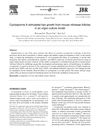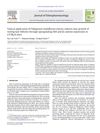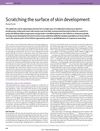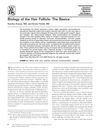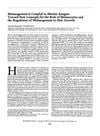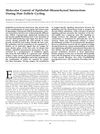Cyclosporine A Increases Hair Follicle Growth by Suppressing Apoptosis-Inducing Factor Nuclear Translocation: A New Mechanism
January 2015
in “
Fundamental & clinical pharmacology
”
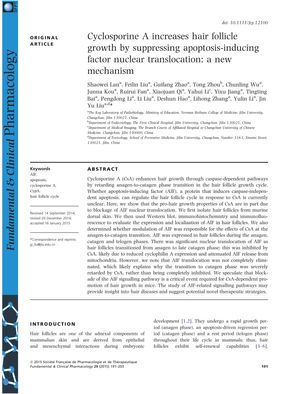
TLDR Cyclosporine A helps hair grow by blocking a process that would otherwise cause hair cells to die.
The study from 2015 investigated the role of apoptosis-inducing factor (AIF) in hair follicle growth and how Cyclosporine A (CsA) affects it. The researchers isolated hair follicles from murine dorsal skin and used Western blot, immunohistochemistry, and immunofluorescence to analyze AIF expression and localization. They found that AIF is present in hair follicles during all growth phases and that its nuclear translocation, which occurs when follicles transition from the growth phase (anagen) to the regression phase (catagen), was significantly inhibited by CsA. This inhibition was likely due to CsA reducing cyclophilin A expression and preventing AIF release from mitochondria. Although AIF translocation was not completely stopped, CsA substantially delayed the transition to the catagen phase. The study suggests that blocking the AIF signaling pathway is a key mechanism by which CsA promotes hair growth in mice, offering potential insights into hair disease treatment.
